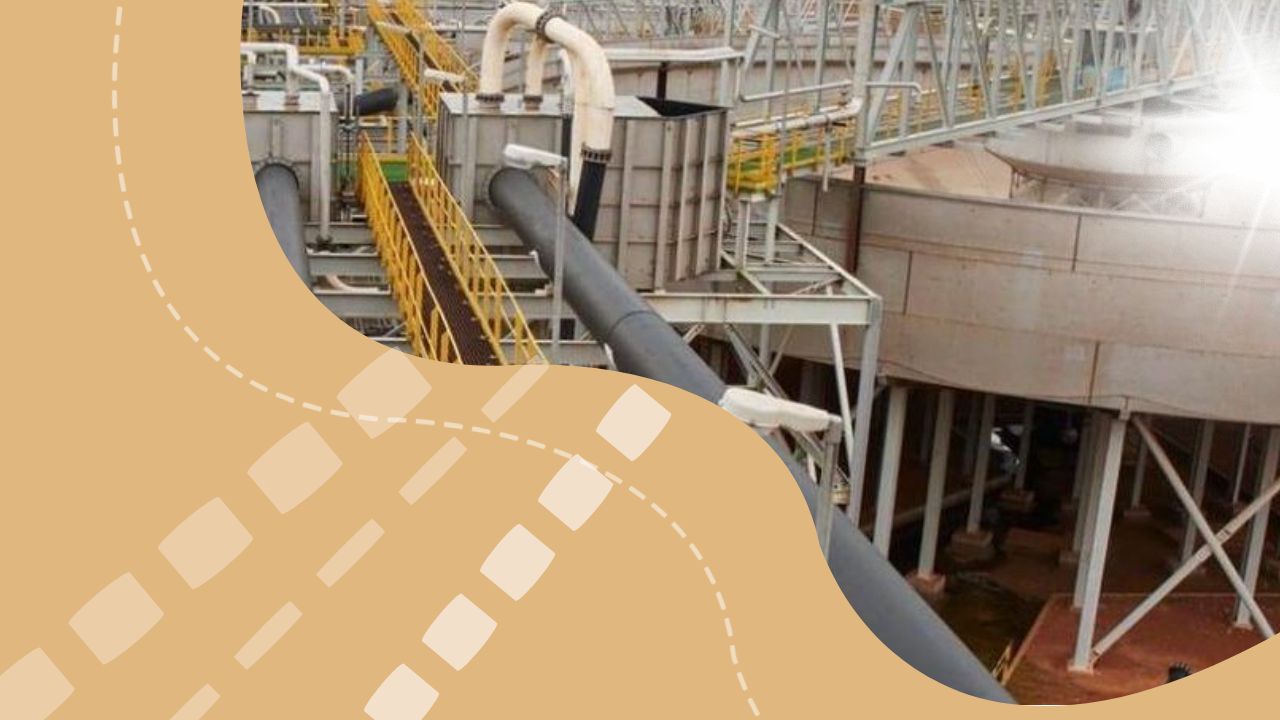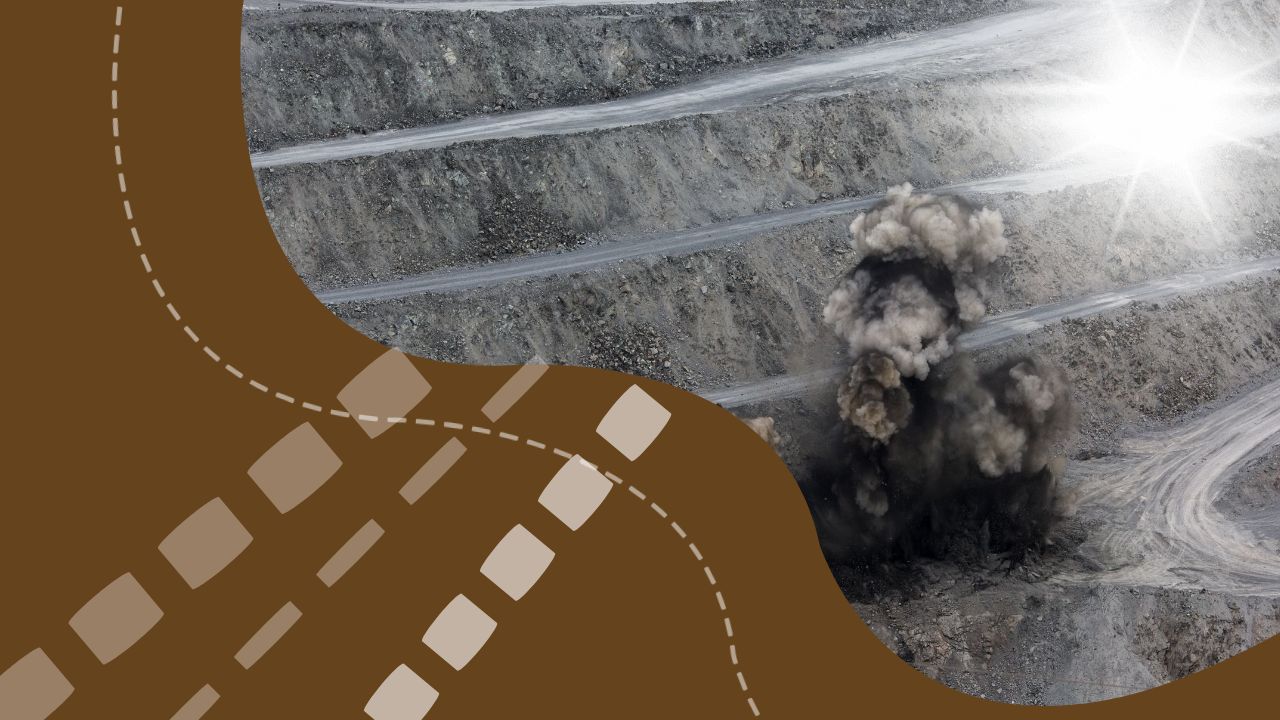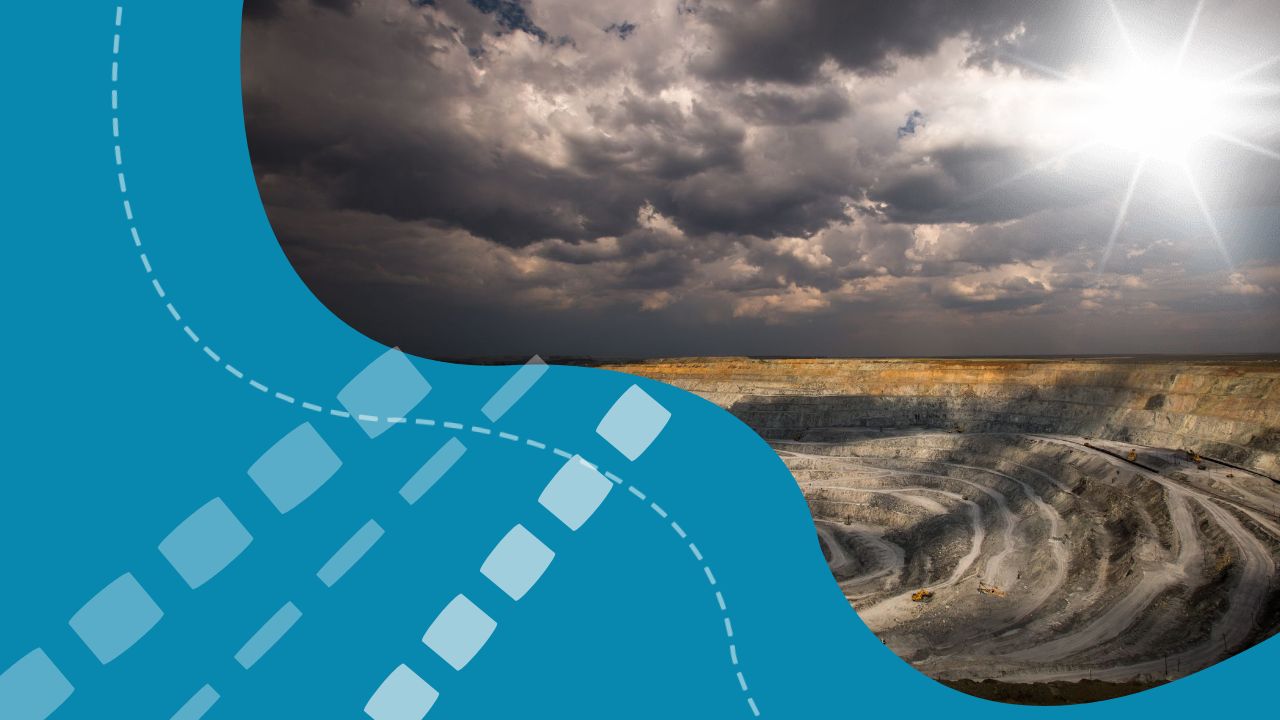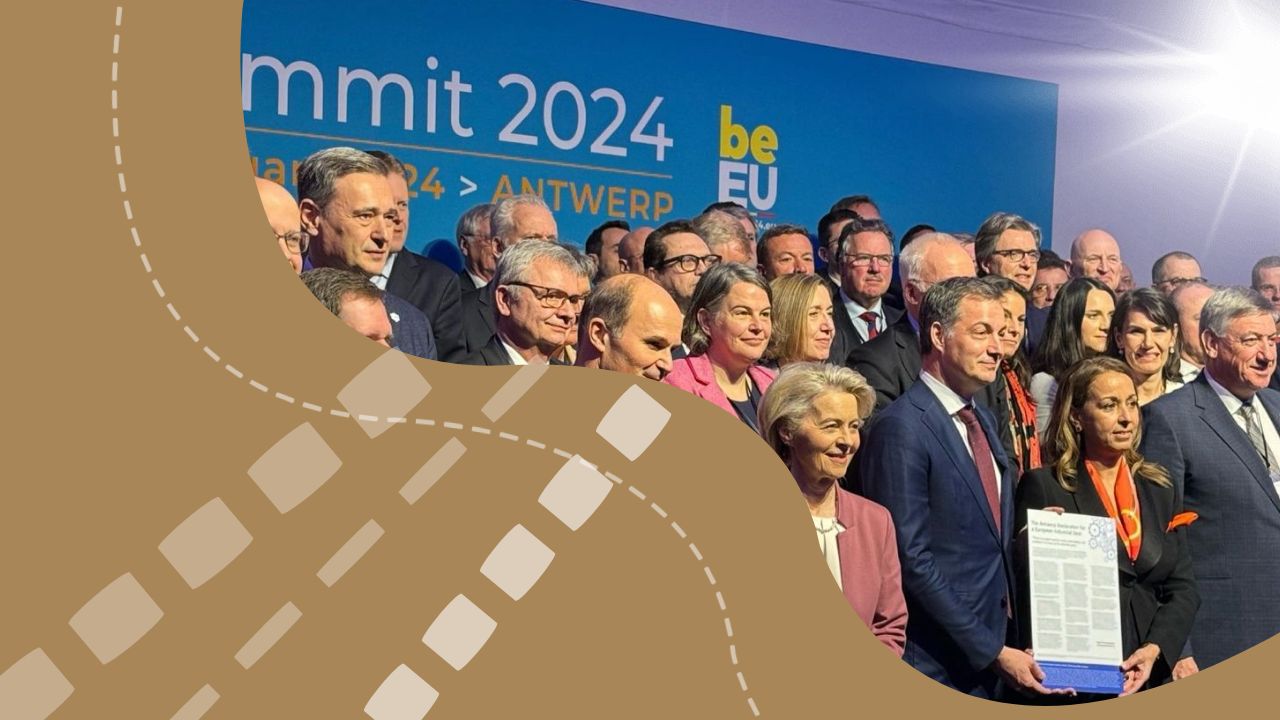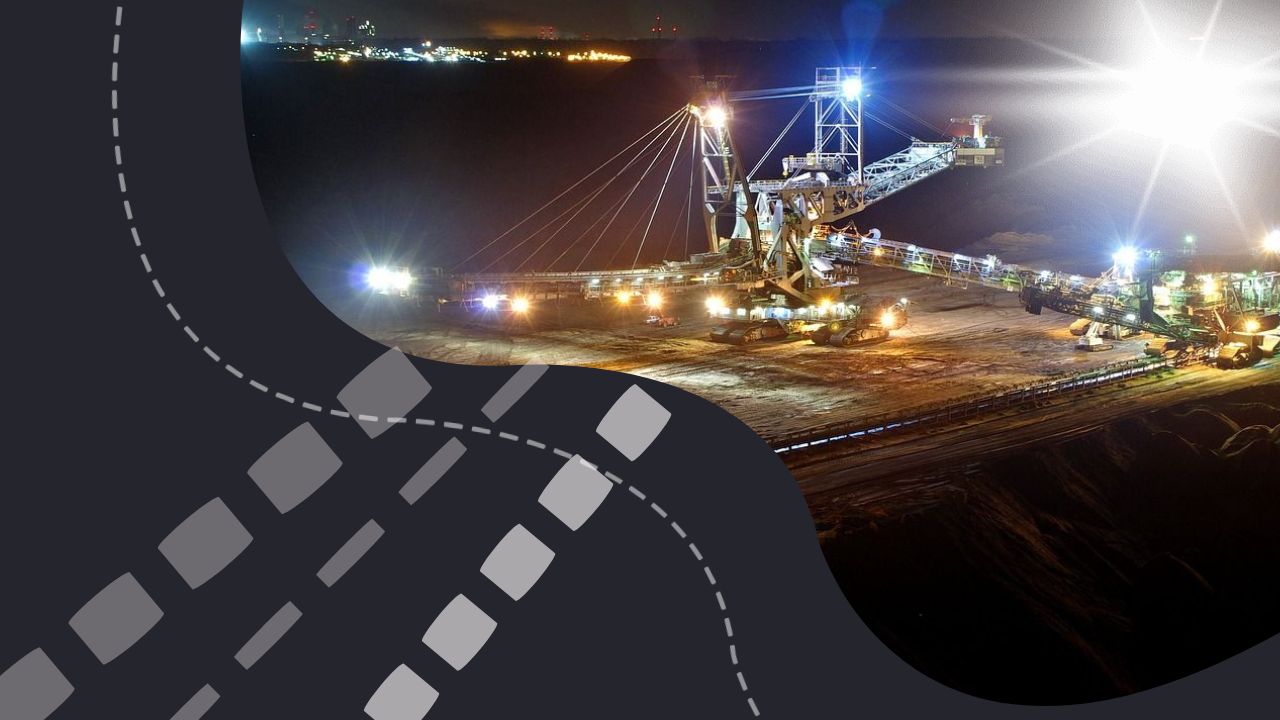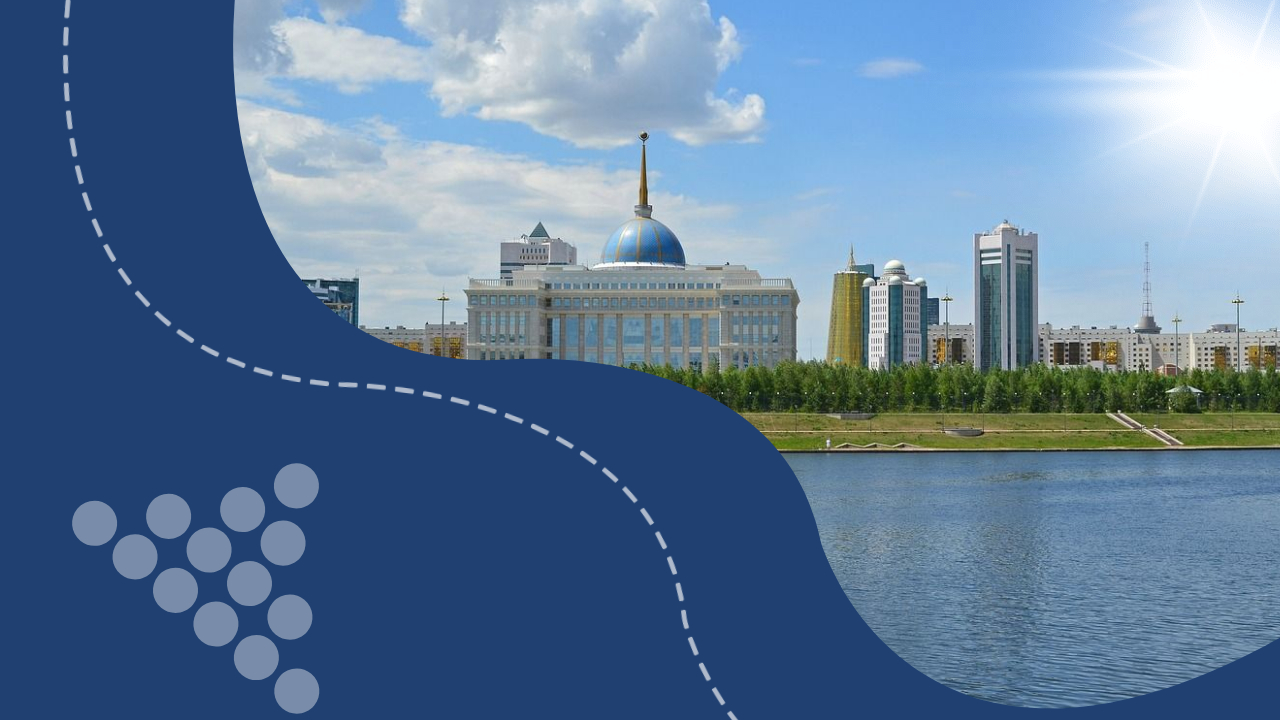The construction of a new waste dump of Kazphosphate LLP and an enrichment plant of Kazakhmys LLP has been suspended by court order; among the large enterprises are also Ferum Fluor LLP, Shymkent Temir, etc., DKNews.kz reports .
Minister of Ecology and Natural Resources Erlan Nysanbaev announced this at a government meeting.
At the end of 2023, Kazakhstan managed to achieve a reduction in emissions standards by 3.3% and discharge standards by 8%. The largest reduction in emission limits is observed for such enterprises as:
- NCOC by 12.4 thousand tons/year or 34%;
- ArcelorMittal Temirtau by 40 thousand tons/year or 16%;
- JSC “Astana Energy” by 14.6 thousand tons/year or 22%;
- Kazakhmys Smelting LLP Balkhash copper smelter by 14.1 thousand tons/year or 18%.
“Inspection services carried out 652 inspections of compliance with environmental legislation in 2023. 1,679 violations were identified, for which 628 orders to eliminate them were issued. 2,138 administrative fines were imposed for a total amount of 322.9 billion tenge. Of these, 1,834 were recovered in the amount of 11.3 billion tenge. Fines in the amount of 311.6 billion tenge are pending”Erlan Nysanbaev
The largest fines for discharging pollutants without an environmental permit were collected from Karabatan Utility Solutions LLP – 7.2 billion tenge and TengizChevroil – 2.8 billion tenge. At the same time, among the regions the largest fines were noted:
- in East Kazakhstan region – 2.6 billion tenge;
- Kyzylorda region – 681.8 million tenge;
- Abay region – 677.5 million tenge;
- Aktobe region – 133.8 million tenge.
“In general, many fines were imposed for excess and unauthorized emissions”Erlan Nysanbaev
To improve the environmental situation, large enterprises annually develop environmental action plans, which include a number of measures. This is the reconstruction of all four sulfuric acid shops of Kazzinc LLP until 2025, which will reduce sulfur dioxide emissions by 20%, or 3.7 thousand tons/year.
In Zhezkazgan and Balkhash, the metallurgical plants of Kazakhmys Smelting LLP are expected to reduce emissions by 50% by the end of 2025. This will happen due to the launch of a sulfuric acid workshop. Also, over the next 10 years, the ERG group of companies plans investments in the amount of 228 billion tenge, aimed at reducing emissions of particulate matter by 56%, discharges by 30%, water consumption by 33%, processing and sale of secondary materials to 2 million tons.
The Ministry, together with the public, environmental activists, local executive bodies and natural resource users, reviewed the environmental problems of the regions. To solve them, 18 roadmaps were developed, within which 336 events were envisaged for 2020-2023. Of these, 205 or 61% were completed:
- in 2020-2021 – 111 out of 178 (62%);
- 2022 – 44 out of 81 (54%);
- 2023 – 50 out of 77 (65%).
As part of the implementation of road maps by the end of 2023, among the lagging regions are Mangistau, Pavlodar, Akmola regions and the Ulytau region, where the percentage of implementation of activities is below 50%. Among the most important but unfulfilled activities in the Akmola region are the reclamation of tailings dumps of the Stepnogorsk Mining and Chemical Plant LLP and the modernization of wastewater treatment facilities at WWTPs in Kokshetau and Stepnogorsk. In the Pavlodar region, Euro-Asian Energy Corporation JSC has not carried out repair work on dust and gas treatment plants. In Mangistau, the elimination of radioactive sources on the territory of the chemical-hydrometallurgical plant has not been completed. Also among the unfulfilled tasks is the beginning of the second stage of reconstruction of sewerage treatment facilities No. 2 with biological wastewater treatment in the city of Aktau, the construction and installation of a boiler unit for KazakhmysEnergy LLP in the Ulytau region.
“In order to control industrial emissions from the largest category 1 enterprises, work is underway to establish an automated monitoring system. The implementation of the AFM system will allow online monitoring of the impact of natural resource users on the environment, promptly responding and taking government control measures. All received data will be accumulated in the information system “National Data Bank on the State of the Environment and Natural Resources”Erlan Nysanbaev
91 enterprises will install this system by the end of 2024. To date, 39 enterprises have implemented AFM, of which 9 enterprises already have systems transmitting data.
“Since this year, the Ministry, when conducting state environmental control, has focused on the installation and transmission of data from automated monitoring systems. In case of failure to comply with legal requirements, administrative measures will be applied.”Erlan Nysanbaev
Kazakhstani enterprises will begin to switch to comprehensive environmental permits from 2025. Unlike conventional ones, they are issued not only to determine emission standards, but also provide for the introduction of the best available technologies. As part of the reform, a comprehensive technological audit was completed at 96 enterprises in key industries and 16 BAT reference books were approved.
It is expected that the transition of 50 large enterprises to comprehensive environmental permitting will reduce annual emissions by more than 900 thousand tons per year. Companies that have implemented BAT will be exempt from emission fees for 10 years. In general, rates for harmful emissions will be gradually increased every three years, starting from 2025. According to the minister, this measure will become one of the incentive mechanisms for the transition to comprehensive environmental permitting and the introduction of BAT.
“The funds spent on modernization and implementation of BAT will help improve the state of the environment and public health. The analysis shows the presence of violations of environmental legislation by enterprises, as well as weak rates of fulfillment of their obligations to improve the environmental component in production. State control over compliance with environmental requirements is one of the key issues today”Erlan Nysanbaev


